Kantnagar Temple:
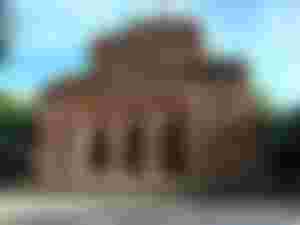
Kantnagar Temple is an eighteenth century block sanctuary. The sanctuary is situated at Kantnagar, a calm segregated town on the opposite side of the stream Dhepa, around 19 km north of Dinajpur city and around 2 km west of the Dinajpur-Tetulia street. One reason for the uniqueness of this sanctuary, which is acclaimed among the structures of Bengal, is that folklore has been painted on the dividers in earthenware trimmings. The first nine tops from the apex of the Hindu sanctuary with the Navaratna or 'Nine Peaks' were demolished in the 1897 quake. The sanctuary has the best earthenware antiquities of Bangladesh.


Questions about the date of development of the sanctuary were taken out from an ordered engraving in Sanskrit appended to the establishment mass of the eastern corner of the sanctuary. As indicated by sources, Maharaja Prannath of Dinajpur began the development of the sanctuary in 1822 and on the sets of his better half Rukmini, Maharaja Ramnath, the embraced child of the Maharaja, finished the development of the sanctuary in 164 Shake (1852). Toward the start of the 20th century, Maharaja Girijanath Bahadur attempted broad redesigns to the sanctuary without the nine pinnacles that had been annihilated.
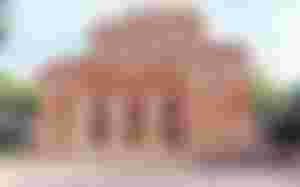
This brilliant pyramid-molded sanctuary rose three stages to the top, or more the sides of the three stages there were a sum of nine luxurious pinnacles or diamonds that appeared as though immense lavish chariots remaining on a high establishment. There are open angled ways around the sanctuary so the admirers can see the icon kept in the heavenly spot from any course.
The 15.75 m square sanctuary is arranged on a 63 m x 36 m compound. It is encircled via seating for admirers secured with creased iron. The whole structure is fixated on the square fundamental cell (3.04 m. Edge). Remaining on a 1.005 m stone establishment, the tallness of the sanctuary is in excess of 15 m. It is accepted that it was made by bringing development materials from the antiquated vestiges of Bannagar close Gangarampur (Dinajpur). Connected to the outside are three rectangular cells appended to it. Such a plan fortifies the focal chamber, so it is conceivable to hold the colossal top at the top for this chamber.

Epic view over the angled way of the sanctuary, Kantnagar sanctuary
The staying eight elaborate zeniths, presently in ruins, were joined to the eight corners of the lower second-floor rooftop. The bended molding of the ground floor hangs at a point, its middle being marginally raised, so its range from the establishment remains at 7.33 m, with a stature of 5 m on the subsequent floor and 2.2 m on the third floor. Every one of the lower quadrangles has a little chamber with each and these convey the heaviness of the rectangular pinnacles of the cut corners put over the subsequent floor. The sanctuary has a sum of four rectangular verandas around the ground floor supplication room. They measure 10.26 m × 1.8 m and 5.02 m × 1.08 m. There are many notched curves at the passage on each side of the ground floor. Each curve is isolated by two block columns with rich adornments. There are a sum of 21 curved entryways outside the four cells on the ground floor, and 26 angled entryways on the subsequent floor. The littler third floor has just three passageway entryways and three windows. A 0.8 m wide restricted flight of stairs paves the way to the second verandah on the west side. The obscured entrance has been bowed up to the principal, second and third floors.
Outside the admirers' hovel, around a hundred yards from the primary sanctuary, is a little destroyed sanctuary with a solitary rooftop secured with weeds. As per mainstream thinking, Maharaja Prannath fabricated this sanctuary in 1604 and introduced a symbol of Krishna here. It was incidentally brought from Vrindavan. At the point when the development of Navaratna sanctuary is finished, this icon is moved here. It is presently a relinquished altar. The sanctuary had 16 side landmarks and its tallness was 12.19 m. What's more, on the south side of the passage were many scored curves.
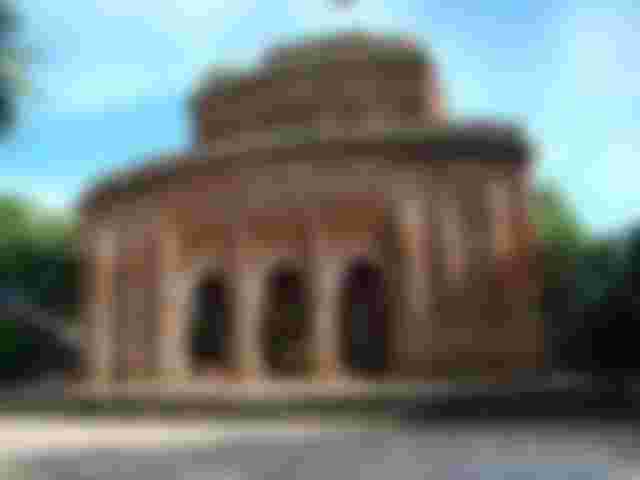

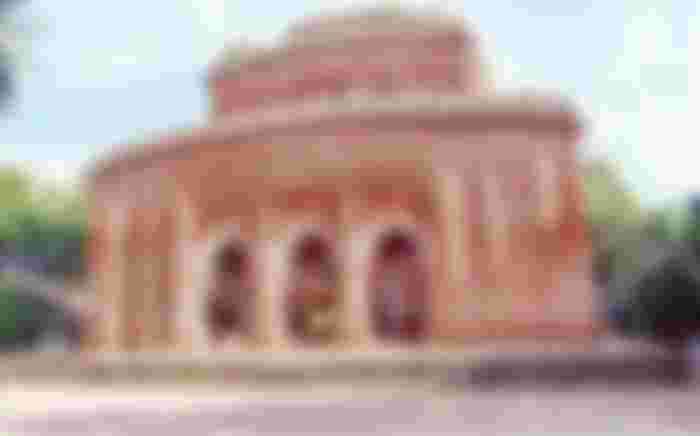
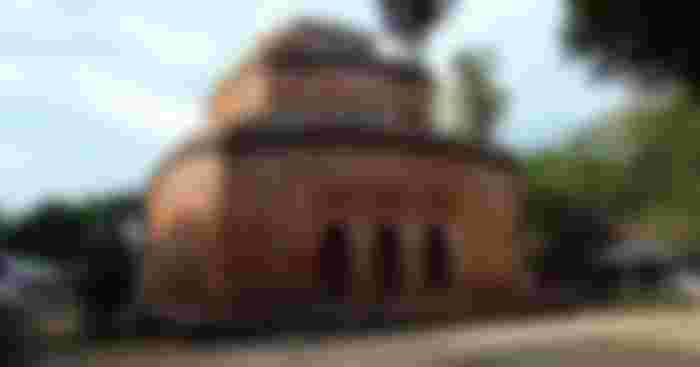
Im asking myself everytime, how is possible that buildings like that or pyramid, some temples, etc are built